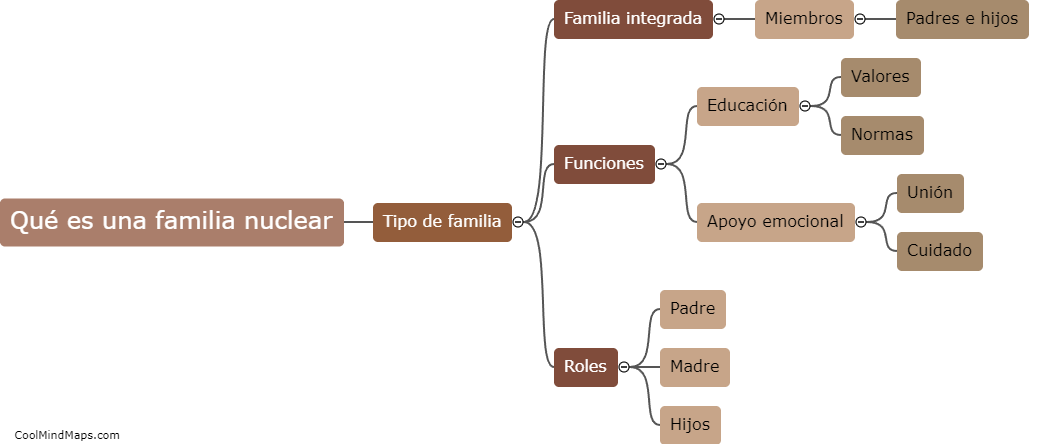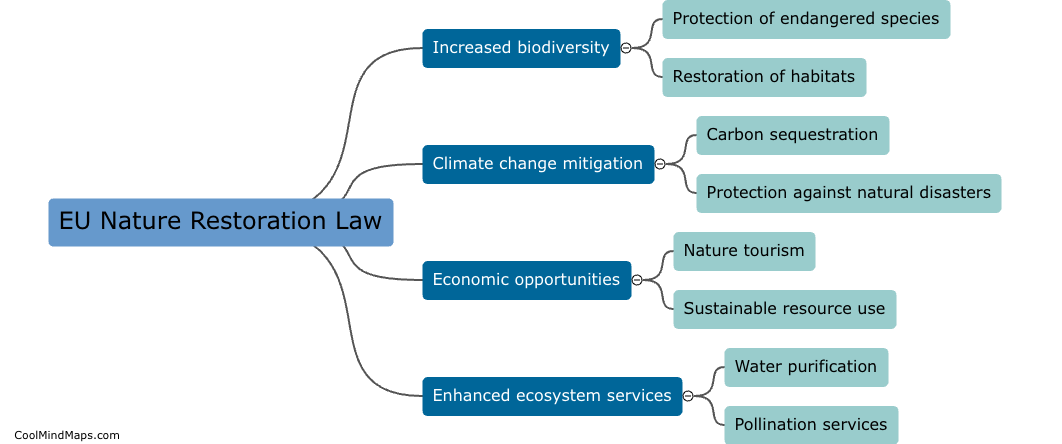How does the EU Nature restoration Law impact member states?
The EU Nature Restoration Law has significant implications for member states as it aims to restore and protect ecosystems within the European Union. The law sets binding targets for member states to achieve, focusing on the establishment and restoration of habitats, species protection, and ecosystem services by 2030. Compliance with these targets may require member states to invest in nature restoration initiatives, allocate resources, and implement policies to enhance biodiversity in their respective regions. The law also encourages collaboration between member states, promoting the exchange of knowledge and best practices to achieve a collective goal of nature restoration across the EU. By enforcing these restoration obligations, the EU Nature Restoration Law aims to enhance environmental resilience, mitigate climate change impacts, and promote sustainable development within member states.

This mind map was published on 3 October 2023 and has been viewed 82 times.











